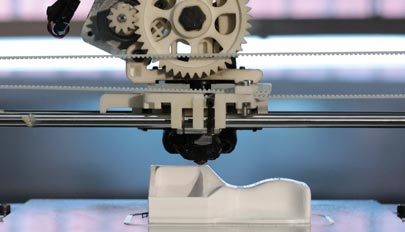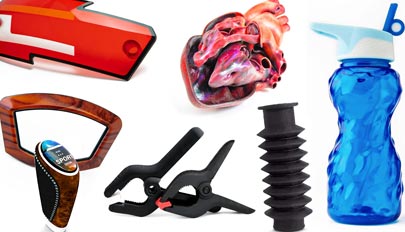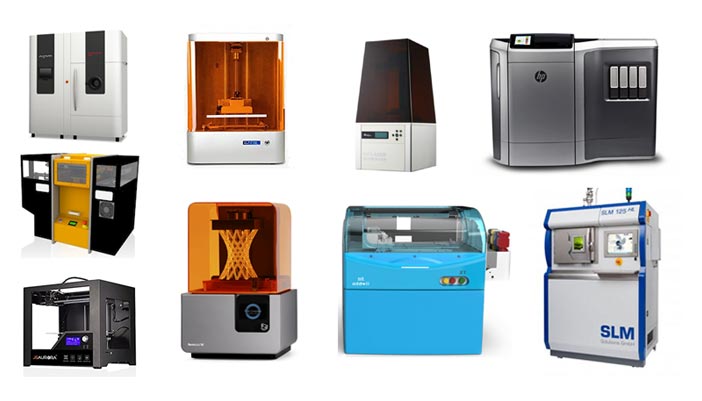Three types of additive manufacturing have emerged. In this article, we’ll review Material Extrusion, Laser sintering, and Material Jetting. You’ll also learn more about their advantages and disadvantages. These processes are both effective and versatile. The material for additive manufacturing can be plastic or metal. Here are some examples of the processes used to make parts. The first type of additive manufacturing is called laser sintering.
Material Extrusion

The most popular type of additive manufacturing system is material extrusion, also known as a three-dimensional (3D) printer. In this article, we’ll explore the basic processes involved in material extrusion, the components involved, the solidification of melt, and good part quality. We’ll also examine post-processing and infill in melt extrusion. This method is particularly useful for manufacturing functional engineering prototypes and a variety of clinical applications.
Material Extrusion is the process of creating objects by unwinding a coil of plastic or metal wire and then laying it into the form of an object. This process was developed in the late 1980s by S. Scott Crump, who later commercialized the technology. This technology has evolved to produce parts with extremely thin walls and intricate details. In the Mechanical Engineering Department at Virginia Tech, students can utilize the Dimension uPrint for their projects.
Laser sintering
Despite their similarities, there are several differences between 3D printing and laser sintering. Both techniques use laser beams to melt powders. The higher the energy density, the greater the amount of material is melted. While higher energy density increases the mechanical properties, the process is less precise. Moreover, the laser beam only melts powders of a single material type. Because the energy from the laser is concentrated in a limited area, the resulting parts may exhibit a higher degree of porosity.
Selective laser sintering (SLS) uses a CO2 laser beam to scan over a thin layer of powder. The beam heats and fuses these particles into a solid layer. The beam moves along X-axis whereas the build tray is moved up and down. After the first layer is fused, a new layer of powder is deposited on top. The prototype is then removed from the unsintered powder and is finished with sandblasting, Sneak a peek at this site.
Material Jetting

One of the 3 types of 3D printing is Material Jetting, which allows you to print three-dimensional objects in multiple colours and materials. Typical printheads incorporate multiple nozzles that deposit various materials. This allows you to print objects that have different material properties and can have a variety of textures. While Material Jetting requires a support structure, these structures are easily removed and do not leave marks on the part’s surface.
Material Jetting uses an inkjet printing method to deposit a liquid that solidifies when exposed to UV light. This process varies from printer to printer, but most material jetting machines utilize a drop-on-demand (DOD) jetting method. Drop-on-demand jetting processes involve moving the printhead above the build platform to deposit the liquid material in tiny droplets. Support structures are also printed at the same time as the part to ensure that it stays stable while printing.

